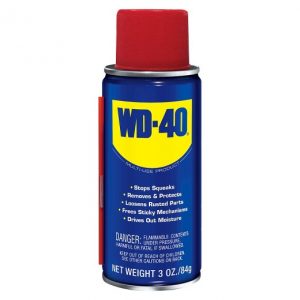Avoid Overstuffing the Washing Machine


We have been asked from time to time: “How do you know when the washing machine is full enough?” and “Do you stuff it full, or just put a few things in at a time?”. These are good questions, and vary from machine to machine.
Overstuffing is NEVER a good idea. An overstuffed load will not come clean!
Clothes need a certain amount of room in the washer to move around, and a sufficient amount of water and detergent is needed. The extra room allows them to move against each other, and that abrasion helps get them clean. If the clothes aren’t subjected to enough water the dirt, grime, sweat and detergent won’t be rinsed from the fabric. And that means dingy, still dirty clothes. Gross!
Overstuffing can cause clothes to wrinkle since there is not enough room in the drum of the washer for them to move around.
When you move your clothes from the washer to the dryer and you notice every item is wrinkled, it’s a sure sign you’ve overloaded the machine.
Overloading can cause your clothes to pill more readily. When overcrowded, the clothes rub against each other too much and this abrasion causes them to look older faster and to pill. Pilling is a surface defect caused by wear, and causes little fiber balls to form.
Guide to Load Sizing
Keep in mind that these are loosely loaded clothes in the washer. If you have to push your clothes down, or in for front load washers, to make room for more in the washer…then you’ve put way too many in there.
Small Load – fills about 1/3 of your machine.
Medium Load – fills about 1/2 of your machine.
Large Load – fills about 3/4 of your machine.
























